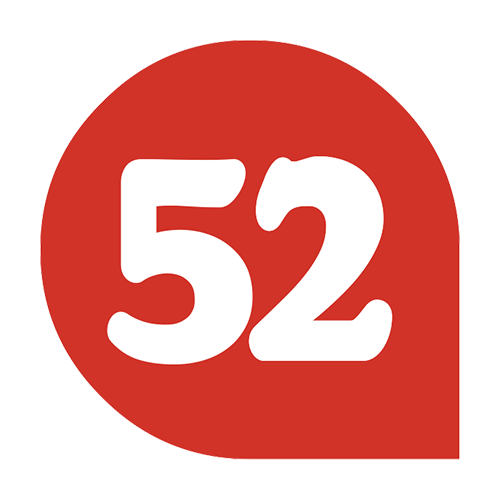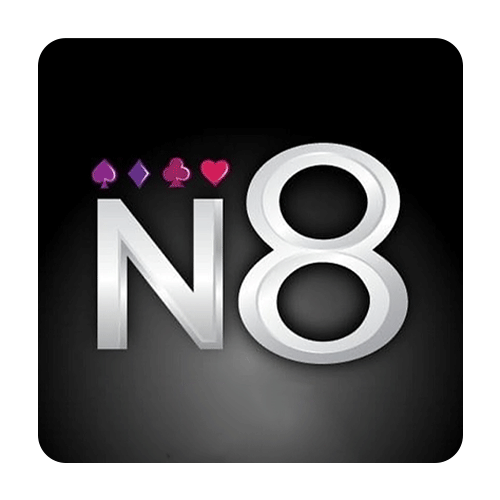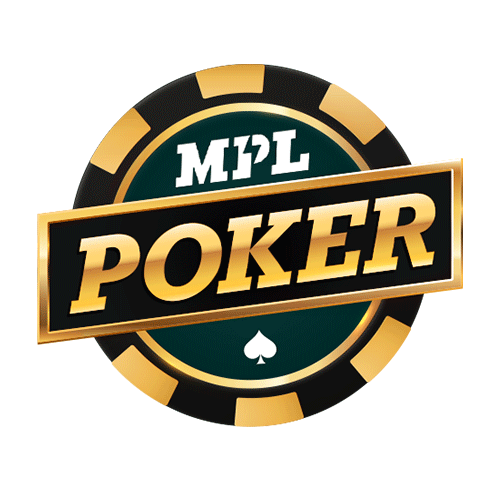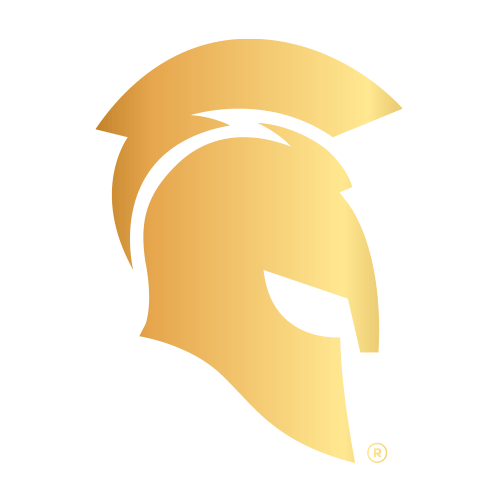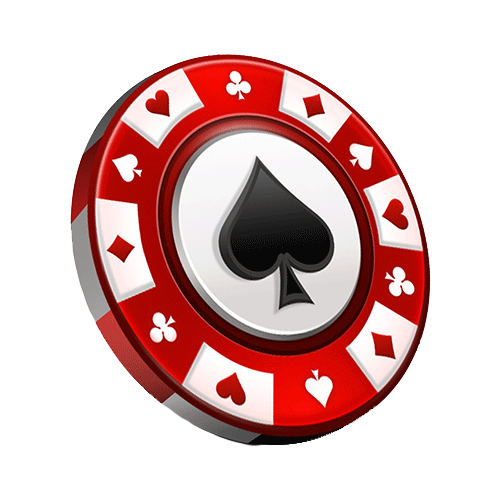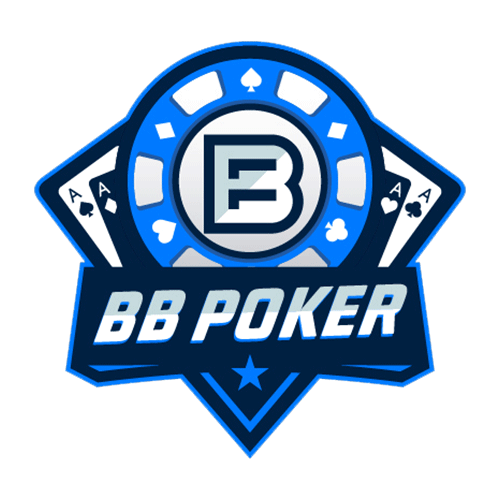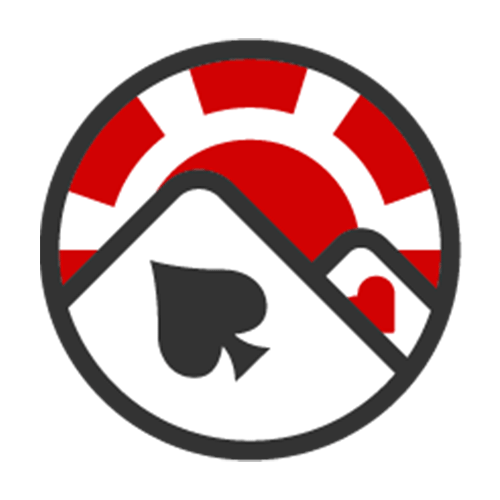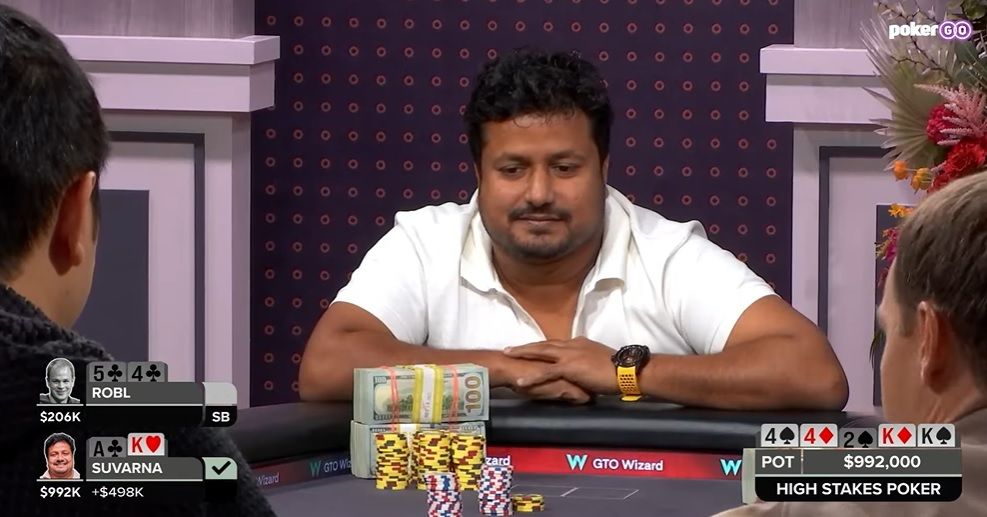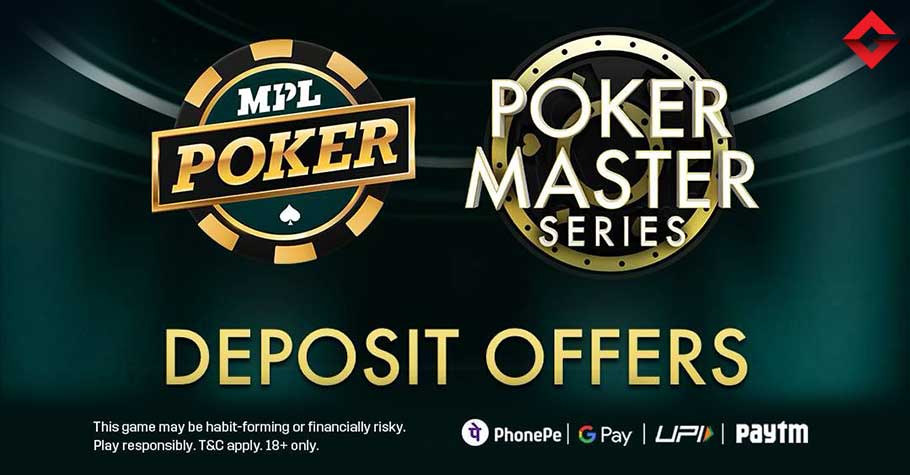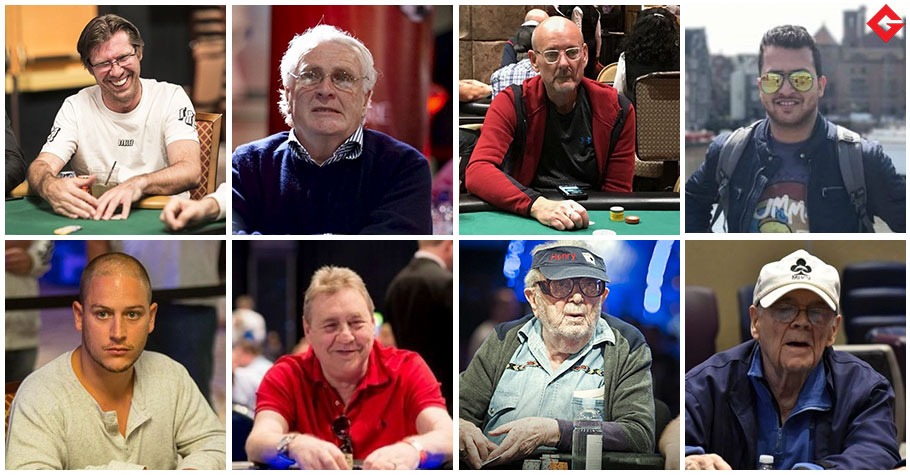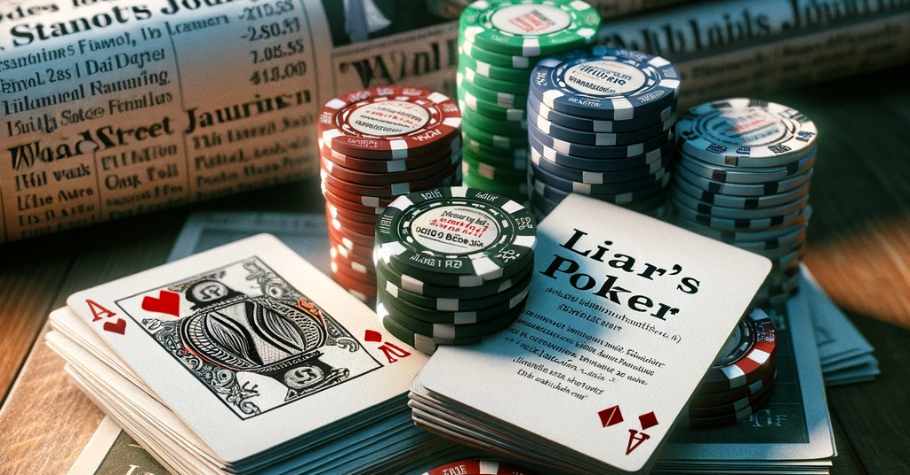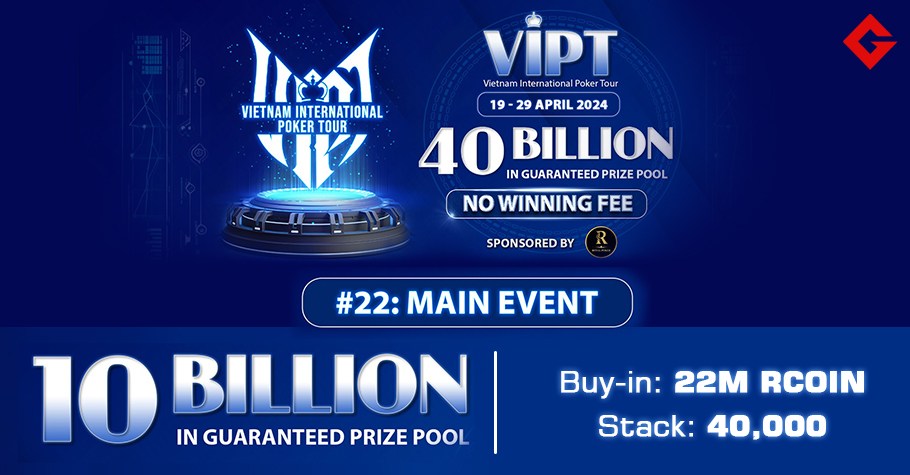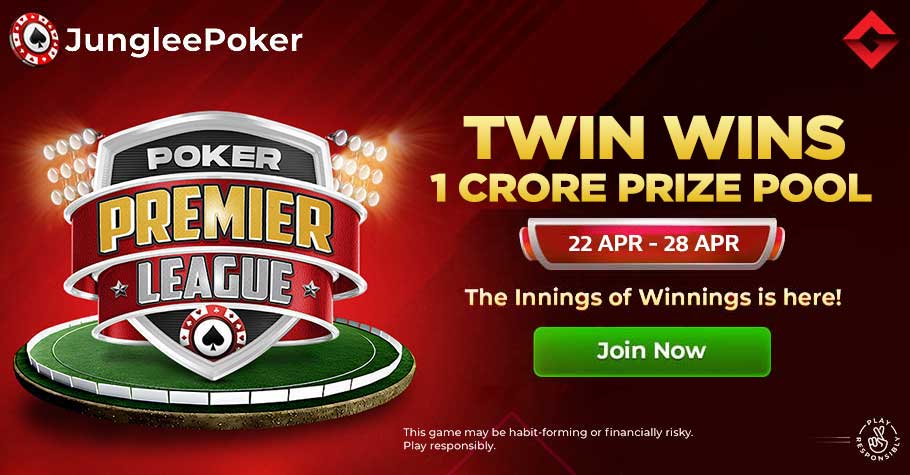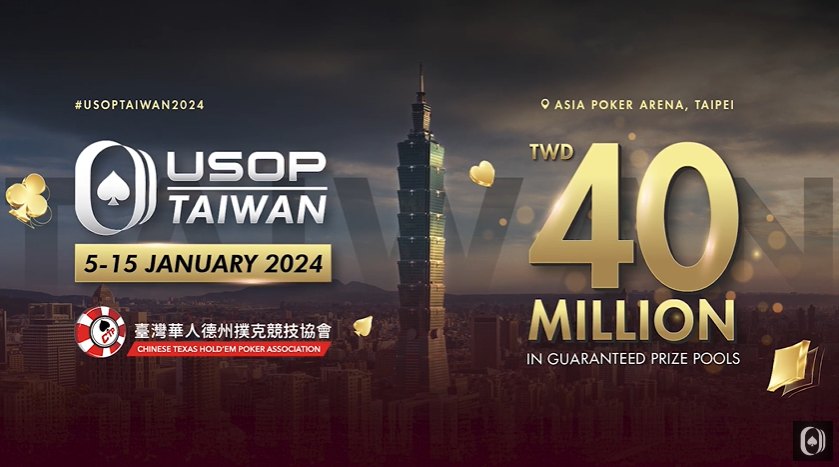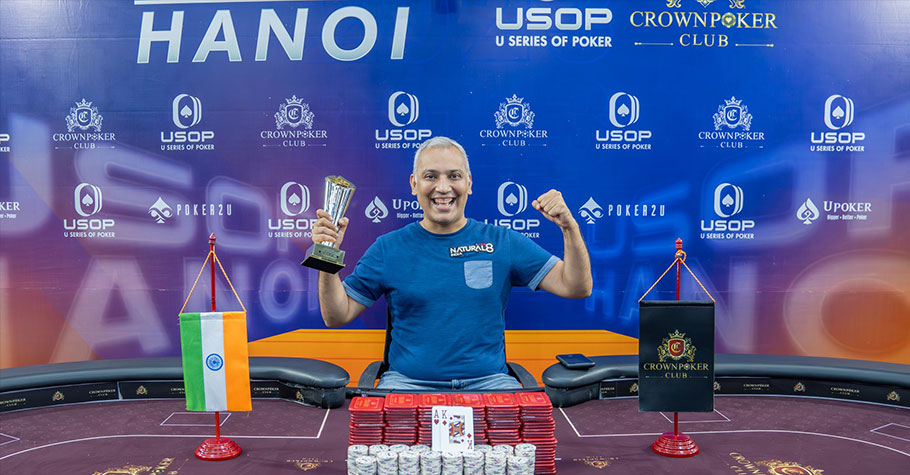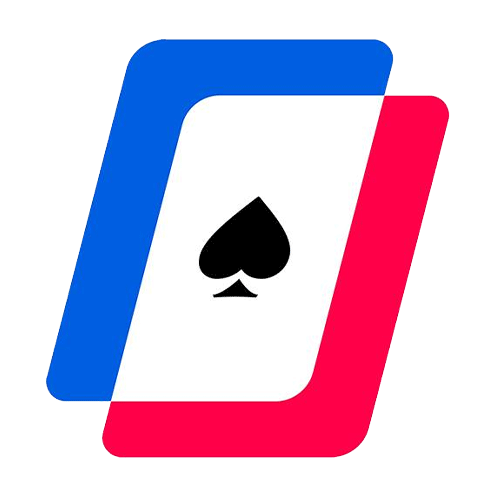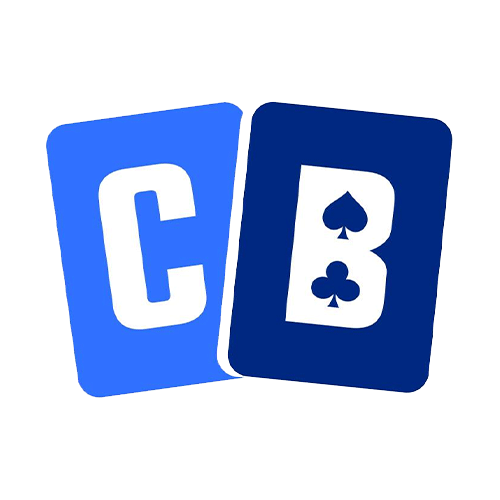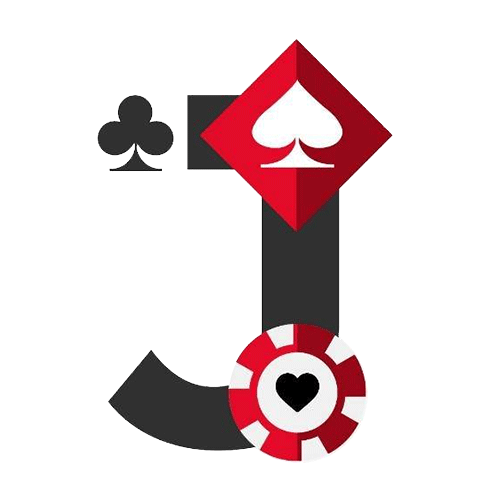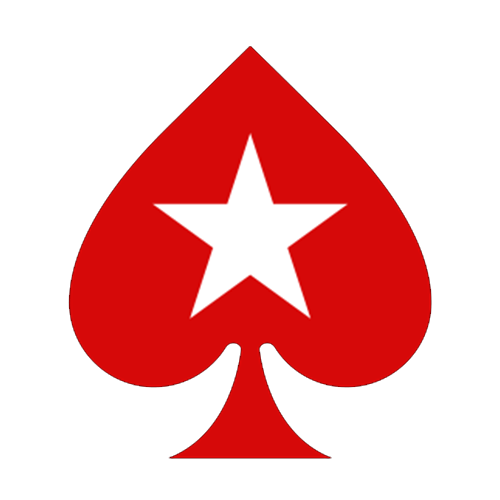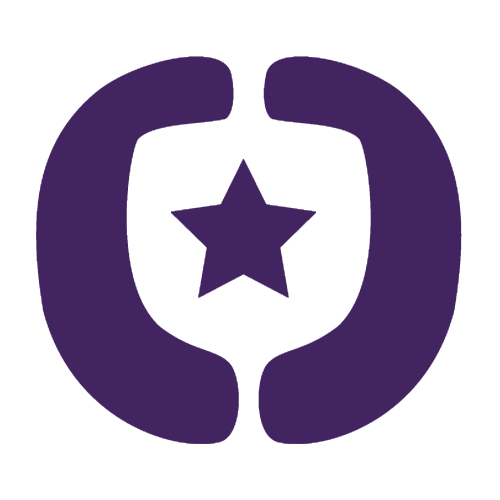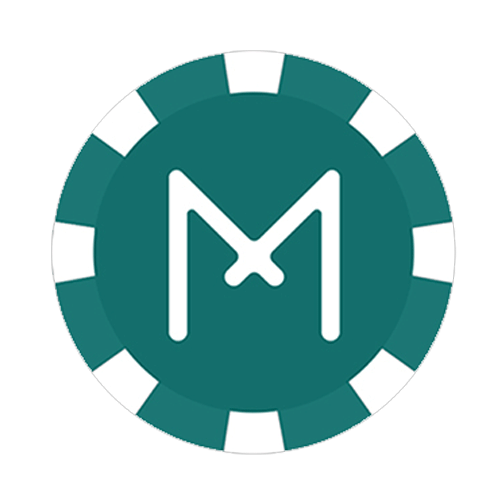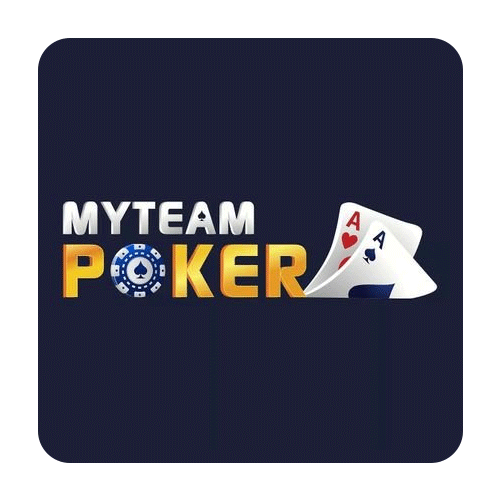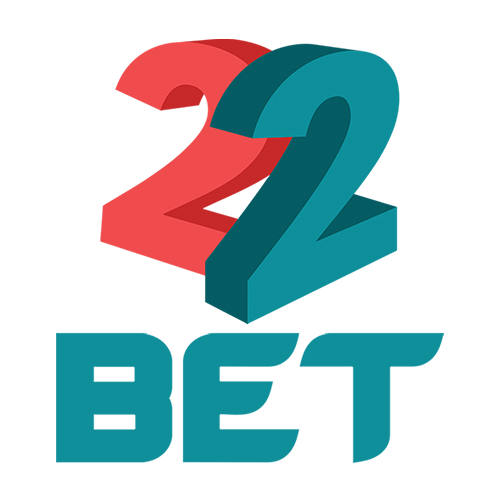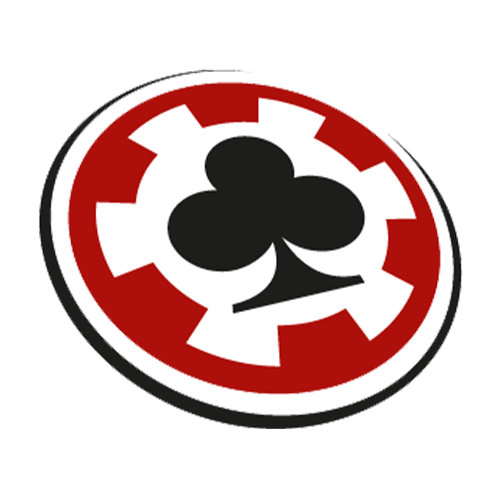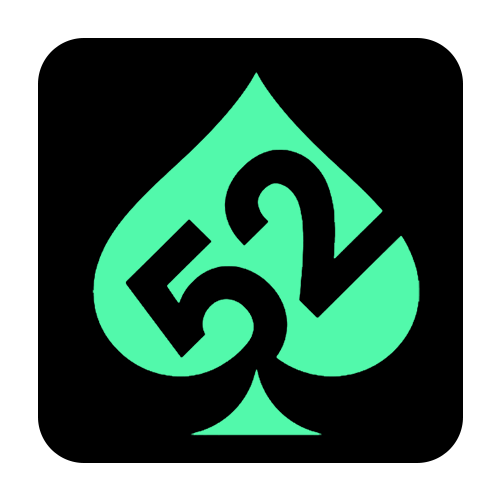Featured Stories View All

17 Apr,2024
Inviting Contributors To Gutshot Magazine’s June 2024 E...

18 Apr,2024
Get Ready For Gutshot’s Exclusive $100 Freeroll On KKPoker
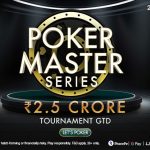
17 Apr,2024
The Stakes Are High: MPL’s Poker Master Series Returns ...

11 Mar,2024
Spartan Poker Refer And Earn: Maximize Your Online Poke...

4 Mar,2024
New Junglee Poker Welcome Bonus: Winning Start To Your ...
Top 15 Poker Rooms
-
PokerDangal
Deposit with code GSTREFUND
Offer: Get 100% GST discount on deposits Register -
Natural8 India
Sign-up with Gutshot
Offer: 200% bonus up to ₹81,000 on first deposit Register -
Spartan Poker
Sign-up with code "GUTSHOT"
Offer: First deposit bonus up to 300% Register -
Junglee Poker
Sign-up and get bonus
Offer: Up to ₹50,000* Register -
BLITZPOKER
Deposit ₹200 with code 'FTDGSB' for 100% bonus
Offer: Register -
BatBall11 Poker
Sign-up with code GUTSHOT
Offer: Get ₹50 FREE Register -
WinZo Poker
Daily Winnings Up To ₹40 Crore!
Offer: Get ₹550 Joining Bonus For Free Register -
PokerSaint
Sign-up with code "GUT100"
Offer: Get ₹50 FREE (post KYC) Register
Newsletter Signup
Upcoming Tournaments In Asia
- MPL Poker - Poker Master Series (April - May 2024)26 Apr - 10 May
- Junglee Poker - Poker Premier League (March - May 2024)22 Mar - 26 May
- Natural8 India - Omaholic Series (April 2024)14 Apr - 29 Apr
- Vietnam International Poker Tour - VIPT Hanoi (April 2024)19 Apr - 29 Apr
- Deltin Poker Tournament (May 2024)21 May - 27 May
MPL Poker - Poker Master Series (Apri...GTD₹ 2.5 Crore
26 Apr – 10 May
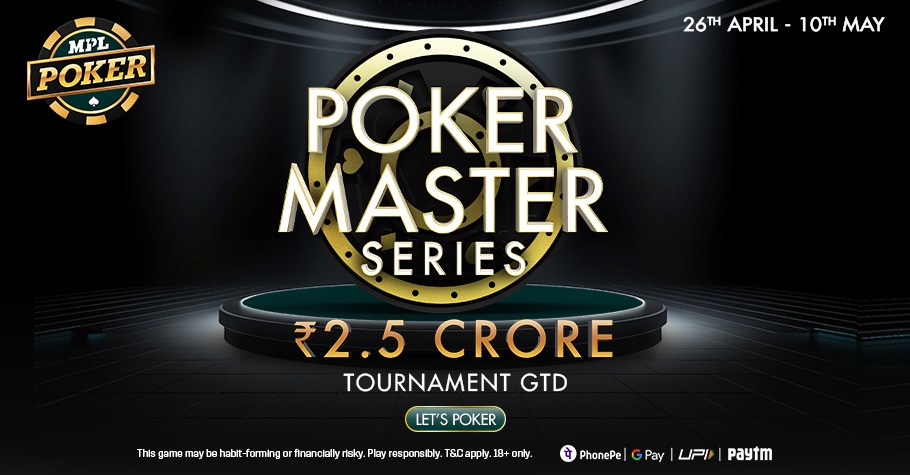
MPL Poker has announced the fourth edition of the Poker Master Series, boasting an impressive lineup of 45 diverse events. This online series comes with a ₹2.5 Crore GTD and will take place between 26th April to 10th May 2024. MPL Poker has designed the series to accommodate poker enthusiasts of varying skill levels, with entry fees se... Read more
Junglee Poker - Poker Premier League ...GTD₹ 10 Crore
22 Mar – 26 May
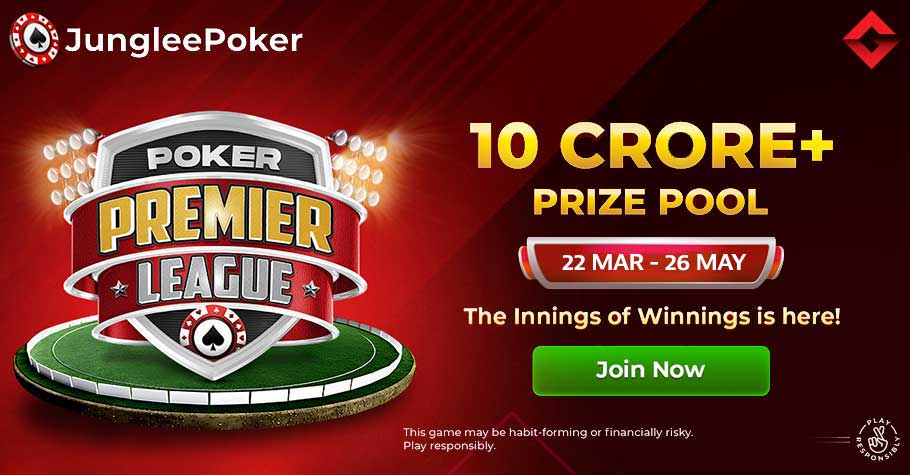
This season is brimming with excitement, from IPL 2024 to high-stakes poker tournaments. Amidst this buzz, Junglee Poker has launched the Poker Premier League (PPL) with a prize pool exceeding ₹10 Crore. Poker Premier League Overview The PPL’s current season unfolds in stages. The Festival Series kicked off with a prize pool over... Read more
Natural8 India - Omaholic Series (Apr...GTD₹ -
14 Apr – 29 Apr

Omaholic Series 2024 The Omaholic Series 2024, presented by Natural8 India, is a thrilling poker extravaganza tailored for aficionados of Omaha. Spanning two exhilarating weeks, the fest features 358 distinct events. Each event, whether it’s a Deepstack, Turbo, Knockout, or High Roller, is meticulously designed to offer a varied and v... Read more
Vietnam International Poker Tour - VI...GTDVND 40 Billion
19 Apr – 29 Apr
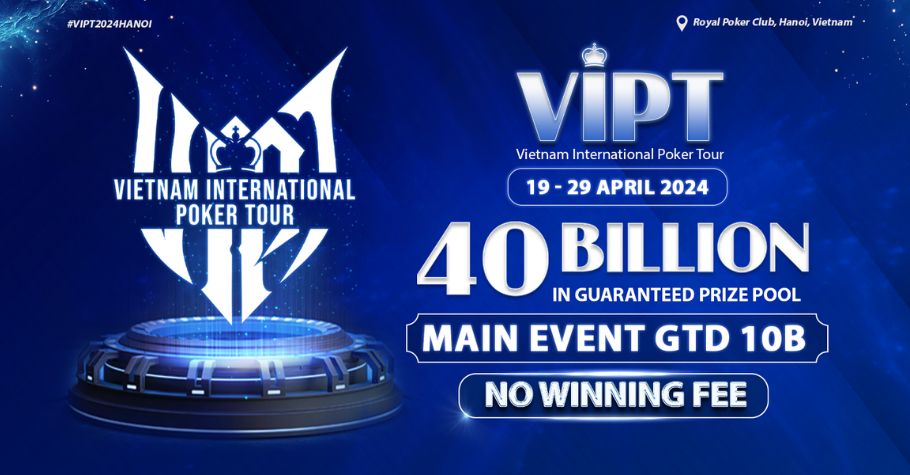
The Vietnam International Poker Tour (VIPT) will run from 19th to 29th April 2024 at the Royal Poker Club Hanoi. The series guarantees VND 40 Billion in prize pool. The event has multiple high rollers lined up with other marquee tourneys also scheduled which will keep the action intense throughout the series. The high roller events ha... Read more
Deltin Poker Tournament (May 2024)GTD TBA
21 May – 27 May
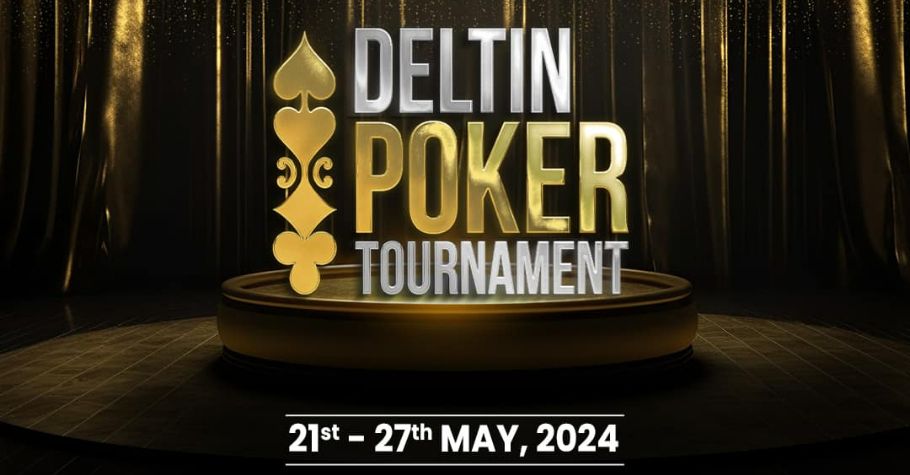
Adda52’s Instagram post excitedly announces the upcoming Deltin Poker Tournament (DPT) from 21st to 27th May 2024, at Deltin Royale. The event, a favourite among poker enthusiasts, has sparked anticipation within the player community who eagerly await the chance to participate in this renowned series annually. Stay tuned for the... Read more
Upcoming Cash Game Series
- Spartan Poker - Maxx Value1 Mar - 30 Apr
- Junglee Poker - Player Of The Series (March - May 2024)22 Mar - 26 May
- A23 Poker - Rakeback Offer1 Apr - 30 Apr
- PokerBaazi - Cash Battle Royale 6.0 (March - April 2024)1 Mar - 30 Apr
Spartan Poker - Maxx ValueGTD 100% Real Cash Bonus
1 Mar – 30 Apr
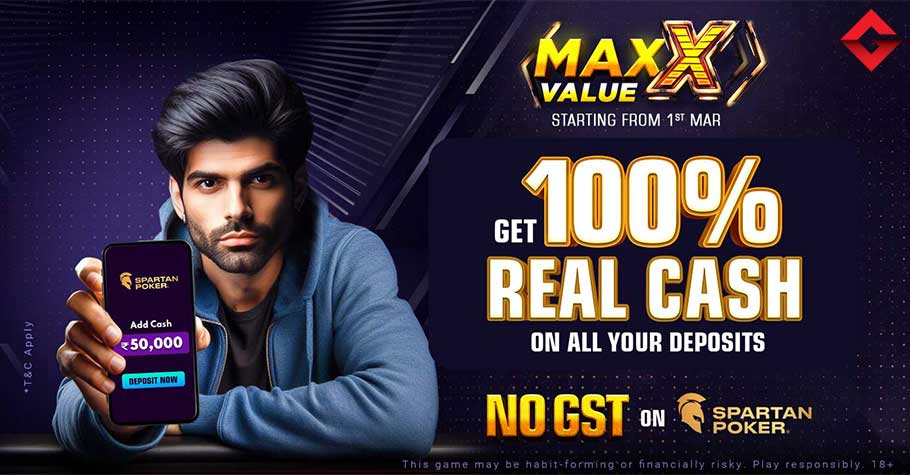
Spartan Poker is bringing back the golden days! Their Maxx Value promotion offers simplicity and transparency. When you deposit ₹1,000, you instantly receive ₹1,000 in real cash chips—no strings attached. No complex bonuses, just straightforward value. Whether you’re a pro or a newbie, every rupee counts! Read more
Junglee Poker - Player Of The Series ...GTD₹ 25 Lakh
22 Mar – 26 May
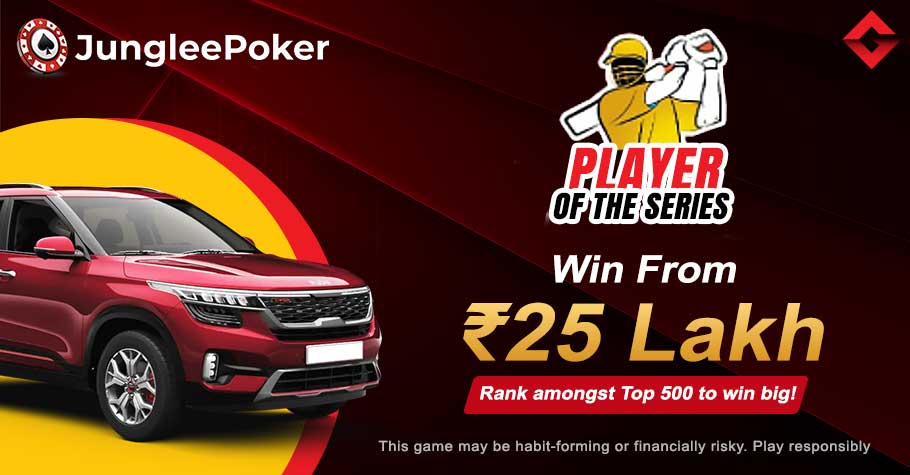
Dive into the Player Of The Series leaderboard on Junglee Poker and stand a chance to win from a whopping ₹25 Lakh prize pool! This leaderboard is valid between 22nd March to 26th May 2024. PLAYER OF THE SERIES This leaderboard isn’t just a list; it’s a testament to skill, strategy, and endurance. With the top 500 players getting paid ... Read more
A23 Poker - Rakeback OfferGTD Up to 30% rakeback
1 Apr – 30 Apr
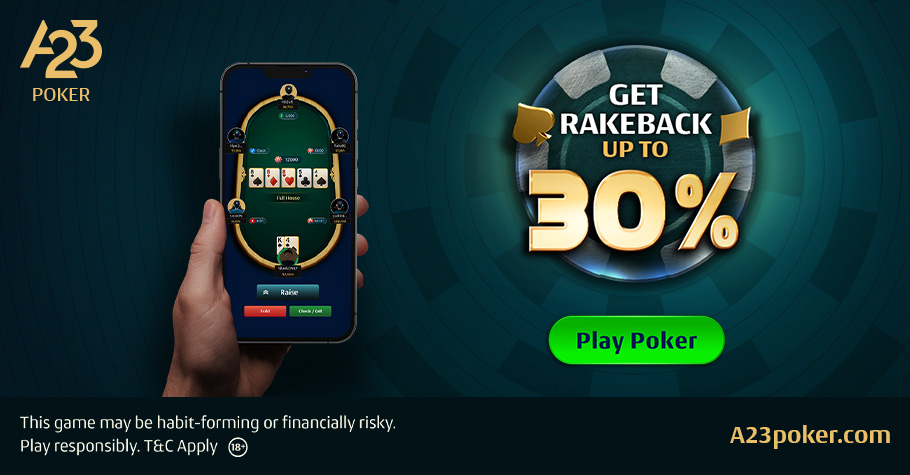
A23 Poker has introduced a distinctive Rakeback program that distinguishes and rewards player loyalty and skill. Unlike its counterparts, all players are automatically enrolled in the program upon contributing rake-in cash games, applicable across various stakes, levels, and formats, except for No Limit Hold’em stakes between 0.5 to 1.... Read more
PokerBaazi - Cash Battle Royale 6.0 (...GTD₹ 17+ Crore
1 Mar – 30 Apr
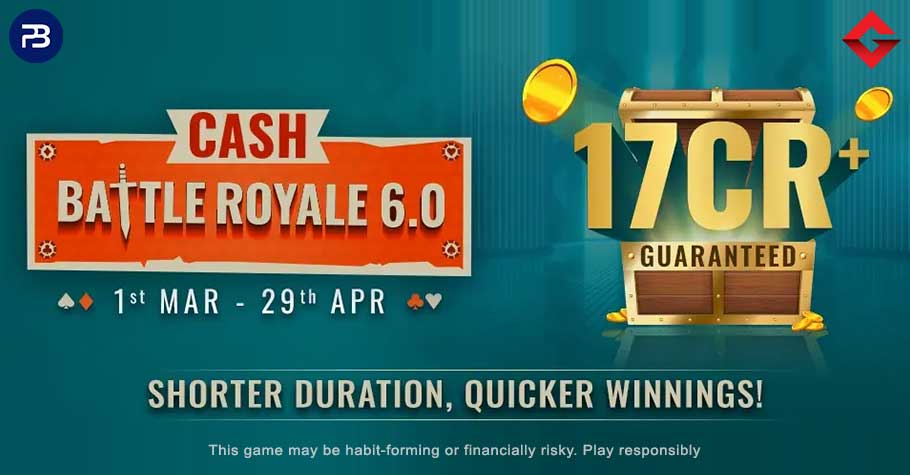
PokerBaazi is running Cash Battle Royale 6.0 with ₹17+ Crore GTD from 1st March to 31st April 2024. This cash game promotion promises shorter play time with massive winnings. Yes, players don’t have to spend long hours grinding on the virtual felts and can grab attractive cash rewards by simply participating in PokerBaazi’s Cash Battle... Read more
About Gutshot Magazine
About Gutshot Magazine
Welcome to Gutshot Magazine. Gutshot is a versatile news portal that covers the latest updates from the world of poker, rummy, esports, fantasy sports and lifestyle. The website and the e-magazine showcase the latest poker news, rummy news and a whole lot more from the global real money gaming industry. Apart from the latest news updates, Gutshot Magazine also covers poker tournaments, poker promotions, live poker tournaments, online poker championships, esports leagues among other things.
Gutshot Magazine also offers coaching with respect to poker games, poker strategy, poker blogs along with lifestyle stories on wellness, cinema, music and pop culture. We at Gutshot Magazine also present to our readers a monthly e-magazine which is a real money gaming and lifestyle magazine. It covers trending topics from the real money gaming industry along with the news bulletin for poker, rummy, esports and fantasy sports news. The cover stars of the e-magazine are individuals who have made headlines and brought about a prominent change in the industry.
Gutshot’s e-magazine’s cover stars include names like Guarav Sood, Roland Landers, Laksh Pal Singh, Sidharth Karia, Dr Akanksha and Dr Yuvraj Singh, Rubin Labroo, Navkiran Singh among others. The May 2021 edition of Gutshot’s e-magazine had a dynamic trio on the cover from Hashtag Productions. Sidharth Mishra, Karan Vig and Sreetama Vig from Hashtag Productions graced the cover of Gutshot May 2021 e-magazine edition. Gutshot is now steadily gaining a strong foothold in the area of esports and fantasy sports. Gutshot has extensively covered poker tournaments like India Online Poker Championship and Final Table Series. Gutshot Magazine also broadcasts live streams from both IOPC and FTS. Apart from the big tournament series Gutshot Magazine also covers daily poker tournaments that are hosted across various online poker platforms like Spartan Poker, PokerBaazi, Adda52, PokerStars India, 9stacks, Natural8, PokerSaint among others. We further offer our readers exclusive interviews with poker players and experts from the RMG industry.
Some of the noted players that Gutshot has interviewed include names like Akshay Kadam, Guarav Sood, Neel Joshi, Akash Saikia, Aditya Wadhwani, Abhishek Goindi, Kapil Arora, Pulkit Goyal, Sidharth Sidharth, Surbhit Grover, Saurabh Ramola, Vivek Singh, Siddharth Kripalani, Goonjan Mall, Arsh Grover, Rebeca Rebuitti among others. Gutshot’s e-magazine has interviews with industry experts like Lokesh Suji, Satya Mahapatra, Clint Fernandes, Cartic P, Tarun Gupta, Parth Jain, Lloyd Fontillas, Shivanandan Pare, Pariekshit Maadishetti among others.
What we offer at Gutshot Magazine?
What we offer at Gutshot Magazine?
Gutshot as a brand offers a daily dose of real money gaming content. This is broken up into industry updates, market research, news, interviews, features, player spotlight stories, inside scoops, daily tournament round ups, everything that is happening in the world of poker, rummy, esports, fantasy sports, online gaming, mobile gaming.
Players can check out the exclusive deals and rewards that Gutshot is offering on its poker rooms page. There is a wide list of online real money gaming platforms for players to check out and sign-up. Gutshot has tied up with some top brands in poker, rummy and online gaming in the country which offer exclusive deals and bonuses on sign-up. Players can also get tickets after registering on a platform.
Only Gutshot players have access to exclusive benefits even when it comes to playing freerolls offered by online poker rooms which are listed on the poker rooms page and the rummy rooms page. We don’t stop at that. Gutshot also offers information on games like tips and tricks, strategy, how to play and more. Advertisers can check out our media toolkit HERE.
FAQ
Can I advertise in Gutshot Magazine?
Yes, you can advertise in Gutshot Magazine.
Can I write for Gutshot Magazine?
Yes, Gutshot Magazine welcomes guest writers to contribute for the editorial section.









